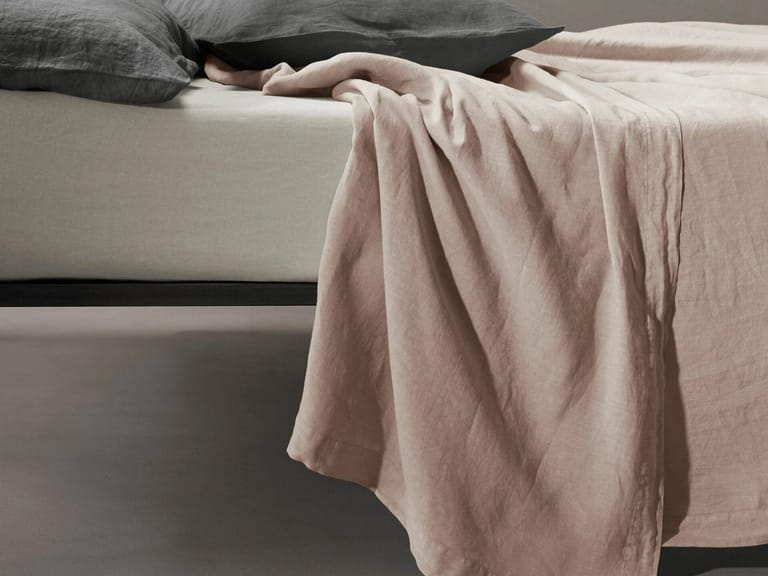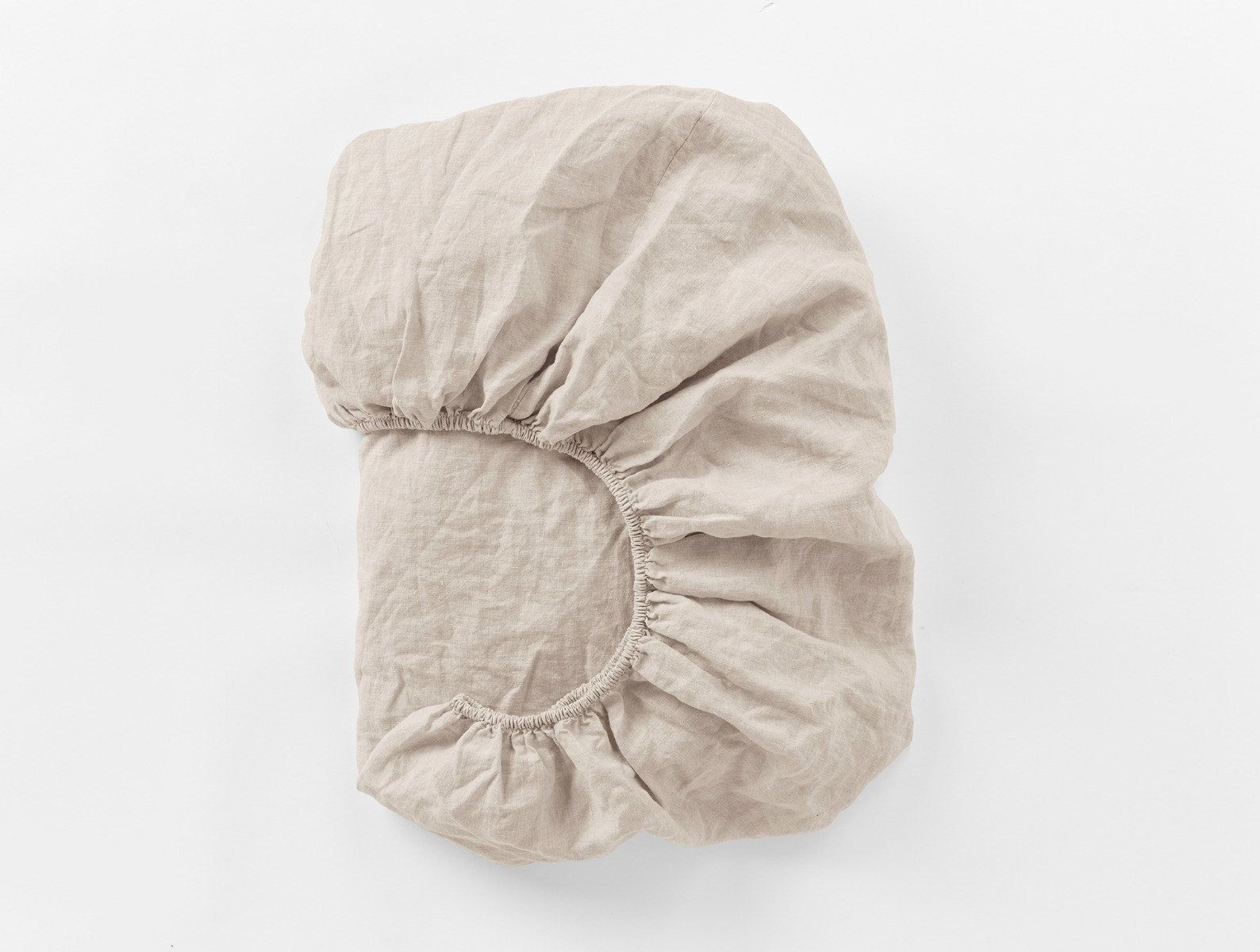Exploring the Colors of Eastern Textiles: A Journey Through Dyeing Techniques
Dive into the vibrant world of Eastern textiles as we explore the traditional dyeing techniques that have shaped their colorful legacy. From indigo to saffron, discover the cultural significance and artistry behind these methods that breathe life into beautiful fabrics.
The Rich History of Dyeing Techniques
The use of color in Eastern textiles is not just about aesthetics; it carries deep cultural meanings and historical significance. Traditional dyeing techniques have been passed down through generations, each with its own unique story and method. One of the oldest dyeing processes is the use of indigo, which has been celebrated across various Eastern cultures—from the Japanese shibori technique to the Indian bandhani style. Indigo is revered not only for its rich hue but also for its symbolic representation of longevity and prosperity.
Natural Dyes: A Treasure Trove of Colors
Natural dyes derived from plants, minerals, and insects have been used for centuries. For instance, saffron, sourced from the crocus flower, yields a stunning yellow that is often seen in textiles from Iran and India. This dye is not merely beautiful; it is intertwined with cultural practices and rituals, symbolizing purity and wealth. Similarly, madder root creates a vibrant red dye, often associated with traditional wedding garments, embodying love and passion.
Key Individuals Who Shaped Textile Dyeing
1. Haji Noor Deen Mi Guang Jiang
A contemporary master of traditional Chinese calligraphy and indigo dyeing, Haji Noor Deen has dedicated his life to preserving and promoting the art of textile dyeing. His works often merge the beauty of calligraphy with the intricate patterns of indigo-dyed fabrics. His teachings emphasize the importance of understanding the cultural context behind dyeing techniques, making him a pivotal figure in the realm of Eastern textiles.
2. Ritu Kumar
Ritu Kumar, an influential figure in Indian fashion, has played a significant role in reviving traditional Indian textiles and dyeing methods. With a focus on sustainability and ethical practices, her designs often feature natural dyes and traditional crafts. Kumar’s work highlights the cultural narratives behind each piece, encouraging a deeper appreciation for the craftsmanship involved in Eastern textiles.
3. Anupama Kundoo
A contemporary architect and designer, Anupama Kundoo integrates traditional dyeing techniques into her architectural projects, showcasing the versatility of textiles beyond clothing. Her innovative use of dyeing methods illustrates how these age-old practices can be adapted to modern contexts, bridging the gap between tradition and contemporary design.
Symbolism of Colors in Eastern Textiles
Colors in Eastern textiles often carry significant meanings and stories. For example, red is commonly associated with happiness and good fortune in many cultures. It is prevalent in wedding attire, symbolizing joy and prosperity. In contrast, blue is often seen as a soothing color, representing peace and tranquility, commonly used in home textiles to create a calming environment.
Incorporating Eastern Textiles into Modern Decor
As we embrace the beauty of Eastern textiles, integrating these vibrant fabrics into modern decor can transform a living space. Products like the Society Limonta REM Linen Sheets offer a splendid example of how traditional elements can blend seamlessly with contemporary aesthetics. These sheets, made from lightweight and breathable linen, are available in a variety of colors, allowing for versatile styling options. Their elegant design and practical function make them a perfect addition to any modern bedroom.
Society Limonta REM Linen Sheets
Society Limonta’s Rem Linen Sheets are lightweight, soft, and easy to care for. Available in a variety of modern colors, these sheets are finished on all four sides with an elegant wide border. They are excellent for all four seasons and can be mixed and matched with any of their other bed collections for a perfect, relaxing nest.
View Product
The Future of Eastern Textiles
As we move forward, the future of Eastern textiles lies in the delicate balance between preserving tradition and embracing innovation. The resurgence of interest in sustainable and ethically sourced materials is paving the way for modern artisans to explore new dyeing techniques while honoring the age-old practices. By fostering a deeper understanding of the cultural significance of these textiles, we can ensure that their vibrant legacy continues to thrive in contemporary settings.
Conclusion
Eastern textiles are more than just fabric; they are a rich tapestry of history, culture, and artistry. As we explore the colors and techniques that define this heritage, we open doors to understanding the significance behind each hue and pattern. Whether through the hands of a master artisan or within the fabric of our homes, these textiles invite us to appreciate the beauty of tradition while weaving it into our modern lives.
